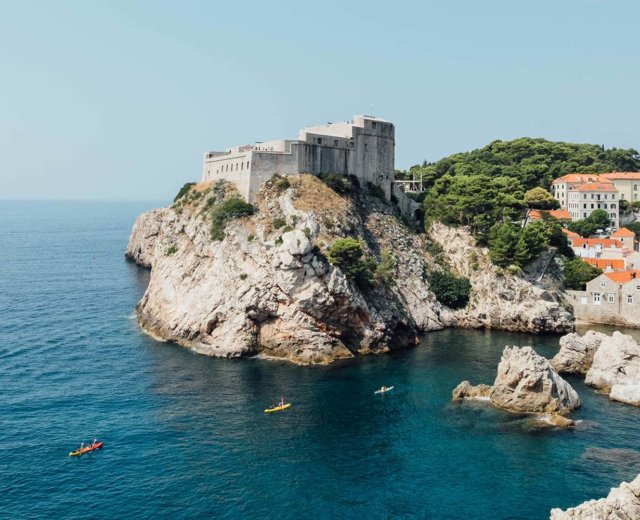Vietnam travel tips: Everything you need to know
By Stevie Keen
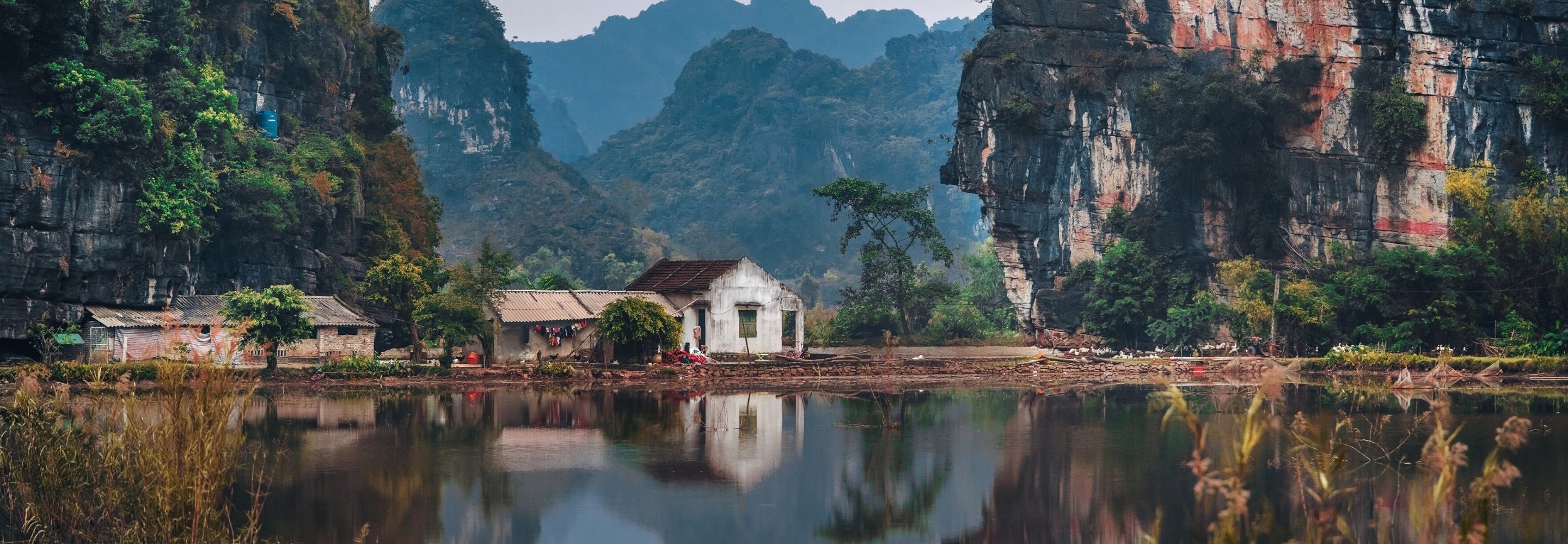
Dreaming of an adventure in Vietnam? Give wings to your scheming with these top tips and insights
From soaring mountains to scenic waterways, the landscape alone makes plenty of people want to visit Vietnam, but this expansive country has a whole lot more to offer. Whether you’re a foodie looking to sample the best of Vietnamese food, or a travel-lover wanting to pack in a broad range of experiences into one trip, Vietnam has something for everyone.
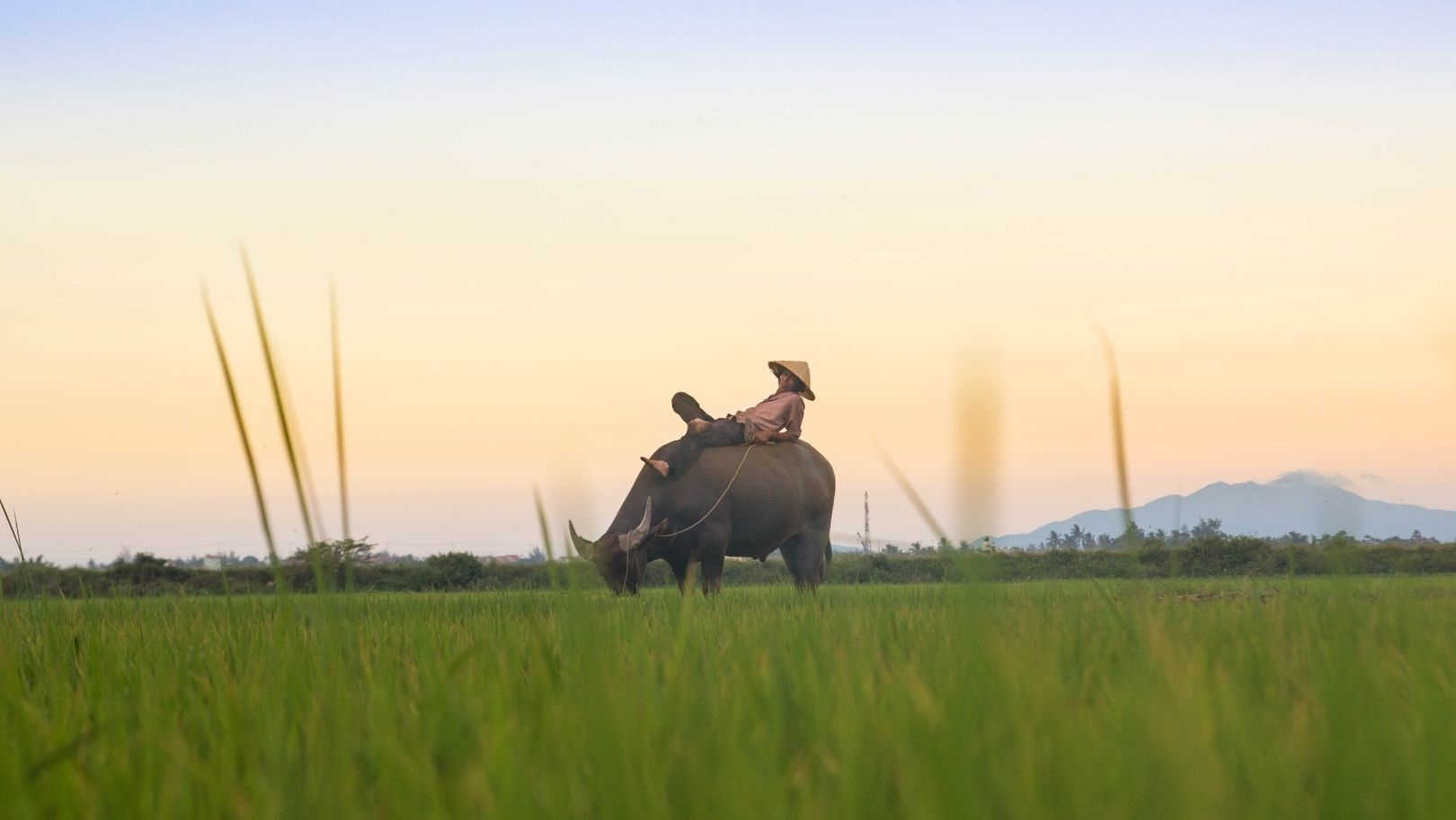
But the vastness of choice means you could easily get lost amid everything on offer. Read on to find out our Vietnam travel tips to help you make the most of your trip and plan an itinerary that works for you.
A note on Covid: this country may be subject to Covid-related restrictions or entry requirements. Please check your country’s official travel advice for further guidance and updates, or you can chat live with a Flash Pack travel expert.
Best time to visit Vietnam
While there’s no real wrong time to visit, Vietnam’s weather can vary quite a bit across the country. It has a tropical monsoon climate and the weather is largely dictated by two rainy seasons; from April to September is the southwest monsoon, while the northeast monsoon dominates from October to late March.
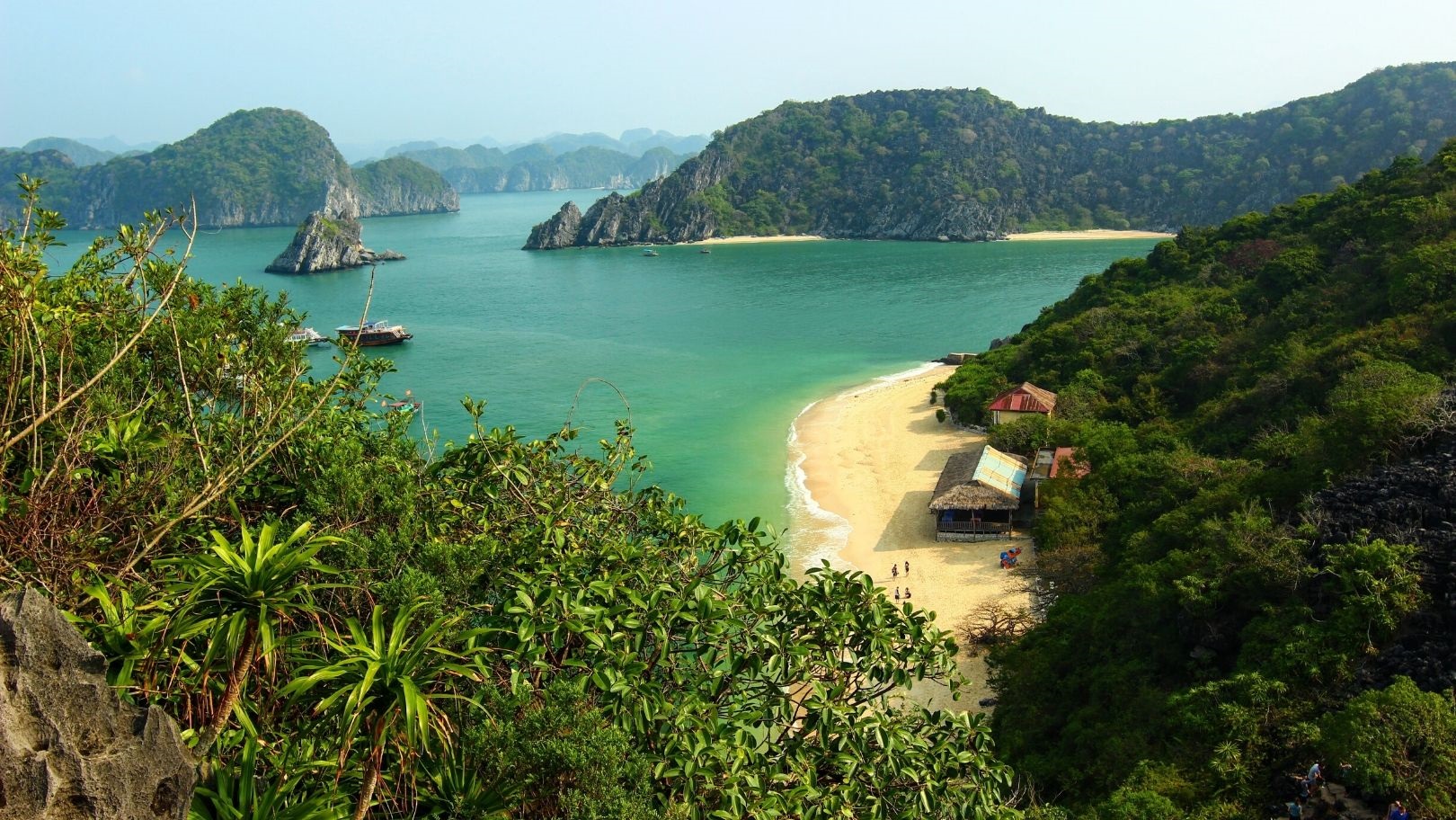
To figure out the best time to visit Vietnam it’s best to first decide which parts of the country you want to visit. If your travel is going to be mostly around north Vietnam, then August to October is a good time to visit as temperatures will be moderate and there will be less rain, although a Vietnam downpour is really something to behold. February to April is good for anyone travelling to south Vietnam.
What is the cheapest month to fly to Vietnam?
If you’re looking to bag some cheaper flights, aim to fly in September. It’s one of the least popular months for tourists to Vietnam so there are usually some bargains to be had. If you can also book in advance, it will help you bag some cheaper flights as prices tend to rise the closer you get to the departure date.
Vietnam food
You may have tried phở and bánh mì outside of Vietnam, but have you really experienced Vietnamese food until you’ve eaten it in its home country? Vietnamese food is unique in its minimal use of oil and dairy, instead relying on fresh vegetables and herbs. Slurp up tongue-tingling, spicy and sour noodle soup, crunch away on spring rolls and fill your belly with bánh mì to really take a bite out of Vietnam. Known for its balance of salty, sweet, sour and hot flavours, Vietnamese food is not something you’ll forget anytime soon.
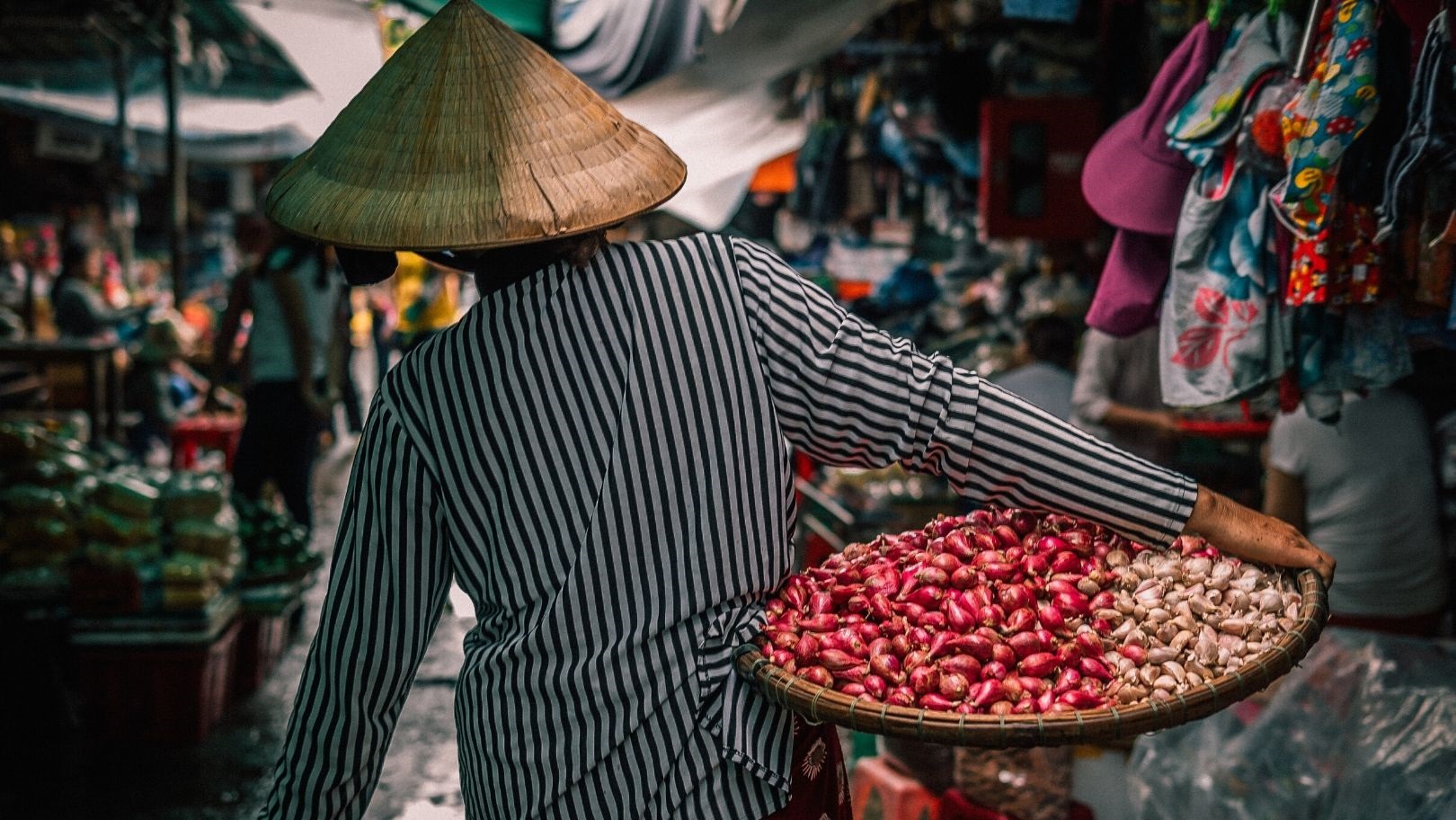
Generally, Vietnamese food is safe to eat, but if you want to be on the side of caution, stick to restaurants, especially any doing a good trade.
Is Vietnam safe for tourists?
While you do need to be wary of scams, Vietnam is generally safe for tourists. As with almost anywhere with a booming tourist trade, pickpockets and scammers do take their chances, but with a few tips you can keep an eye out for common tricks to be aware of.
What should I avoid in Vietnam?
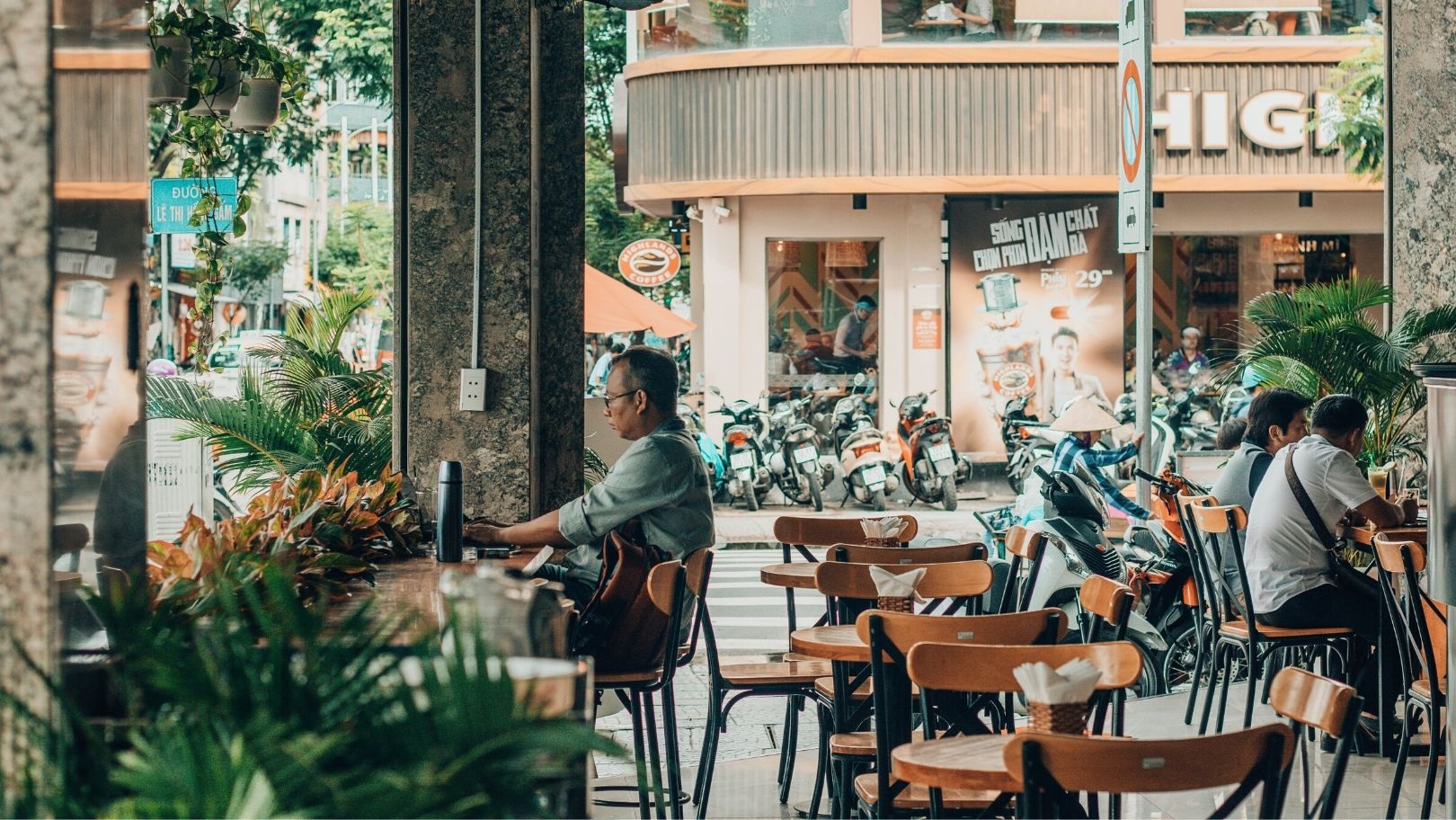
Be wary of taxi and motorcycle scams. While travelling by motorcycle is almost a rite of passage for travellers in Vietnam, make sure you agree on a price before you travel to make sure a quick trip doesn’t become a costly mistake.
If you decide to splash out on a taxi, go for one of the bigger taxi companies like Mai Linh or Vinasun. Some taxis will try to emulate these companies with similar names and car colours, so be alert. Mai Linh and Vinasun do have apps and Uber is sometimes available too, so use those if you want to be certain.
Fake travel companies also pop up with similar names to well-known and respected ones: pay close attention to detail when you go to book.
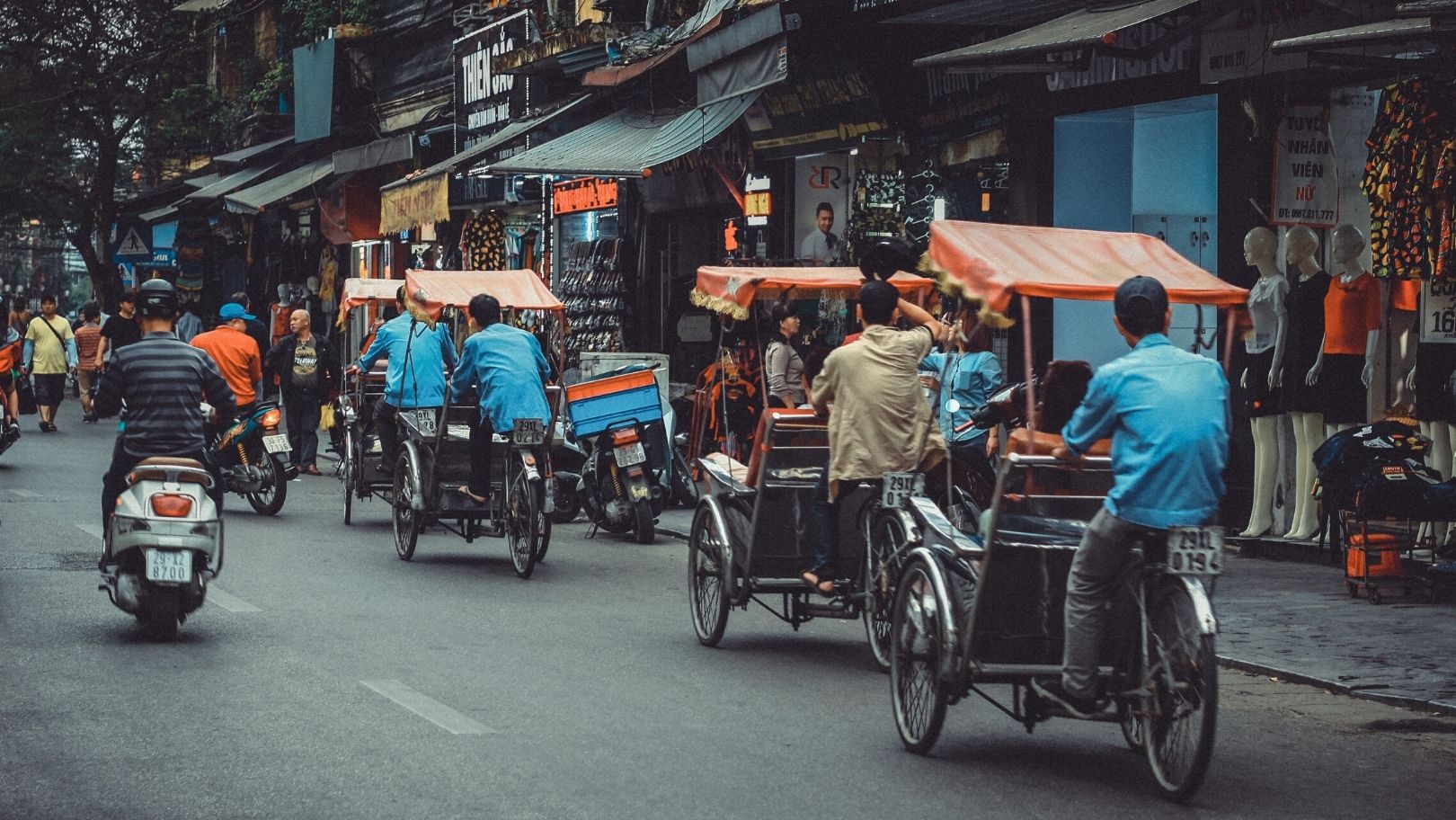
Be aware of your surroundings and keep valuable electronics out of the way of opportunistic hands. It’s a good excuse to put your phone away and really take in Vietnam.
Make sure you’re familiar with the currency to avoid money switch scams. Most commonly pulled by motorbike taxis, they’ll swap the note you paid with a similar-looking, but much lower in value, one and then try to convince you that you underpaid. The easiest way to avoid this is to stick to paying with smaller notes in the first place.
Does Vietnam have good beaches?
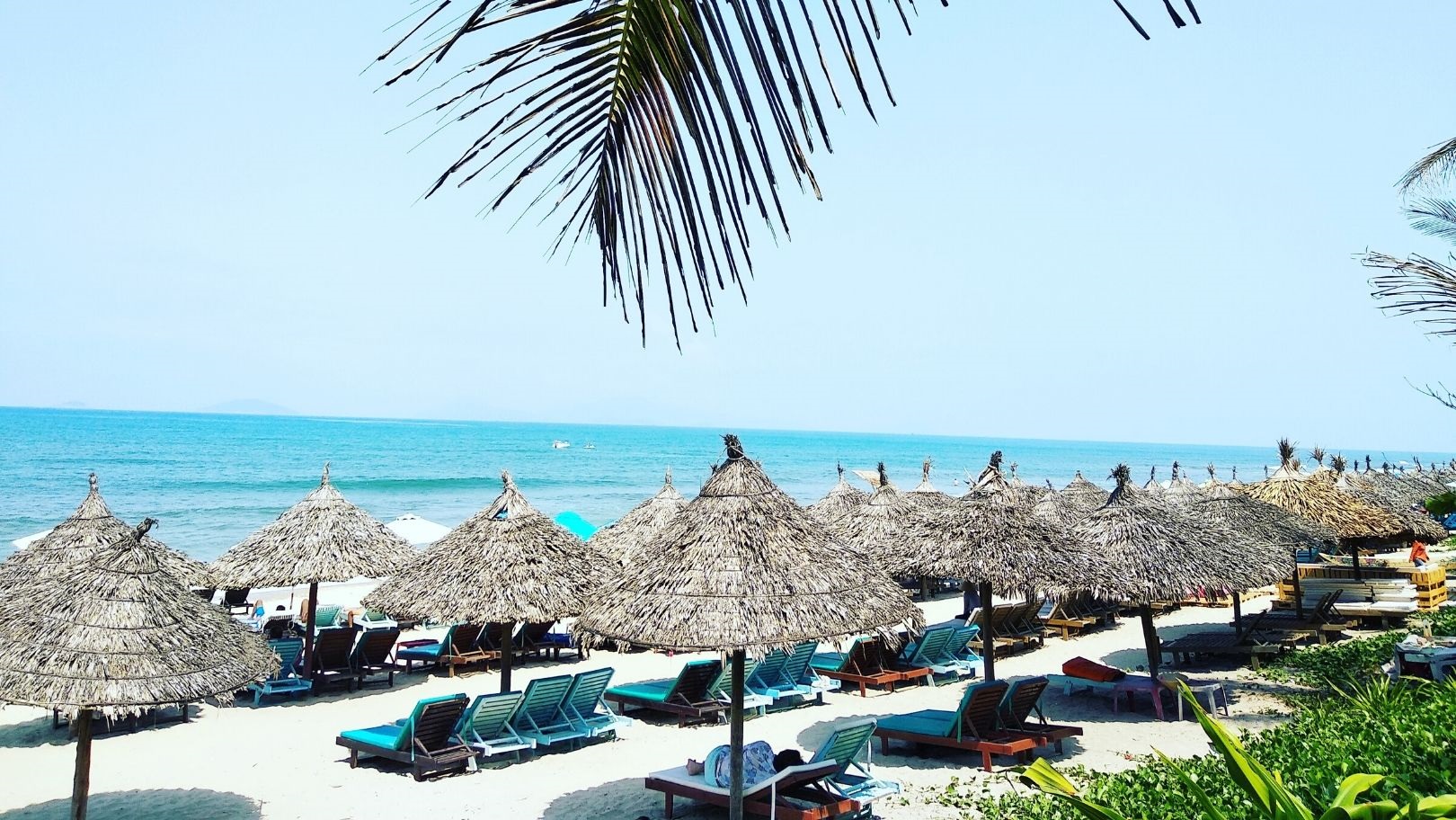
Vietnam has some stunning sandy beaches, many of which are scattered with palm trees and perfect for activities such as snorkelling and kayaking. Phu Quoc is easily the largest island in Vietnam and has some of the most beautiful beaches, so if sun, sea and sand are top of your Vietnam itinerary, take a look at spending some time on this island. The best time to visit Vietnam beaches in the north is between October and December, when it’s warm and sunny.
How much does it cost to travel in Vietnam?
Vietnam doesn’t have to be expensive to visit and it is possible to backpack around Vietnam on $40 a day. But how much you spend is largely dependent on how you want to travel. If you want to stay in nicer hotels and avoid cramped bus trips, be prepared to spend a bit more. With a budget of around $60-$100 a day, you’ll be able to stay in 3-4 star hotels, eat in higher-end restaurants and splash out on trips and activities.
Is Vietnam easy to travel around?
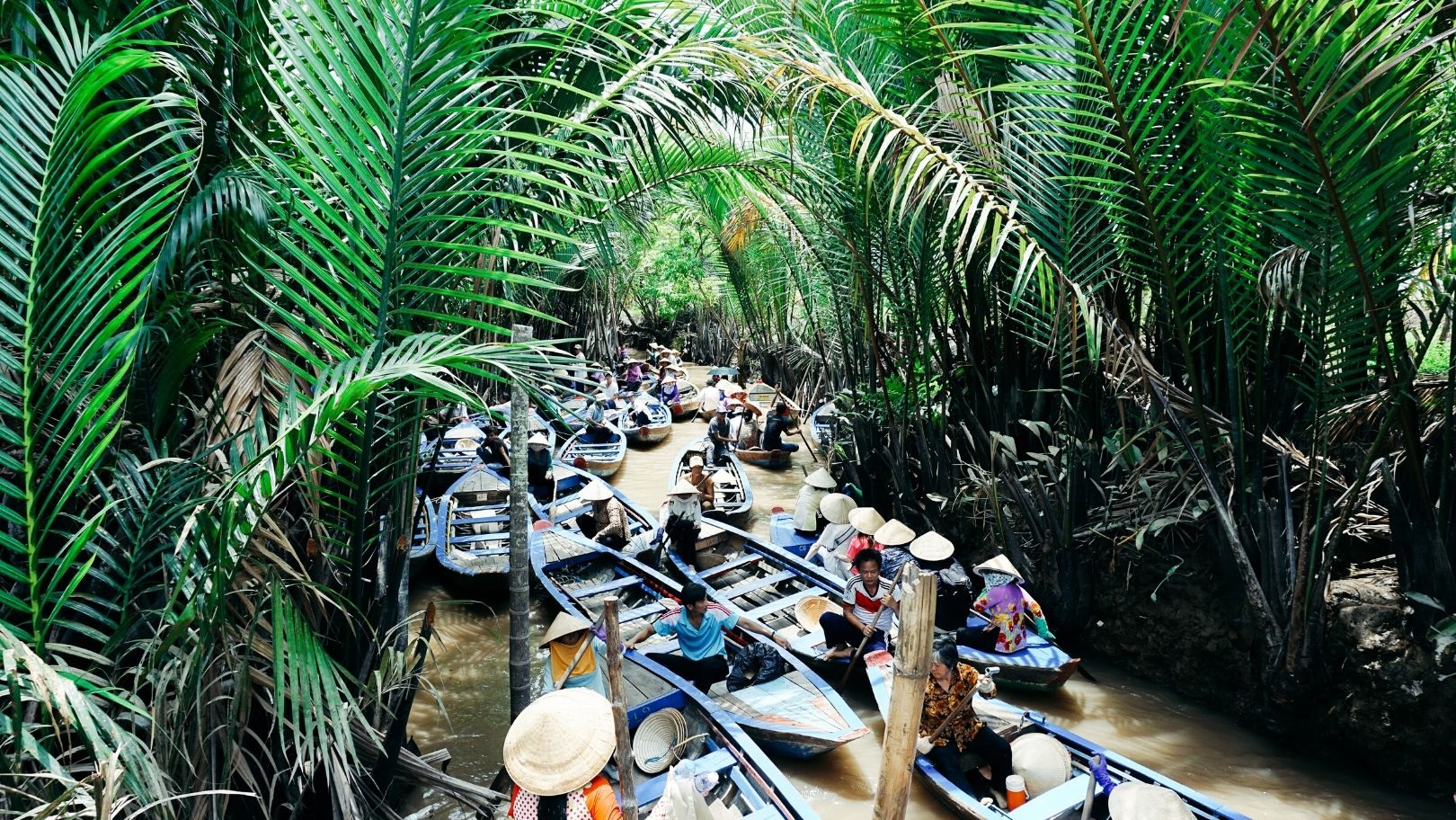
Vietnam may be vast, but the huge array of transport options means you shouldn’t have difficulty getting around. For long trips, there’s the option of plane, train, bus or boat – or a combination of those – while for shorter trips there are tuk-tuks, motorcycles and taxis.
In order to really explore Vietnam, we recommend staying close to the ground and planning plenty of stops so you can experience sights such as the sun rising over ancient temples and explore Halong Bay by boat. It’s just not the same from a plane window.
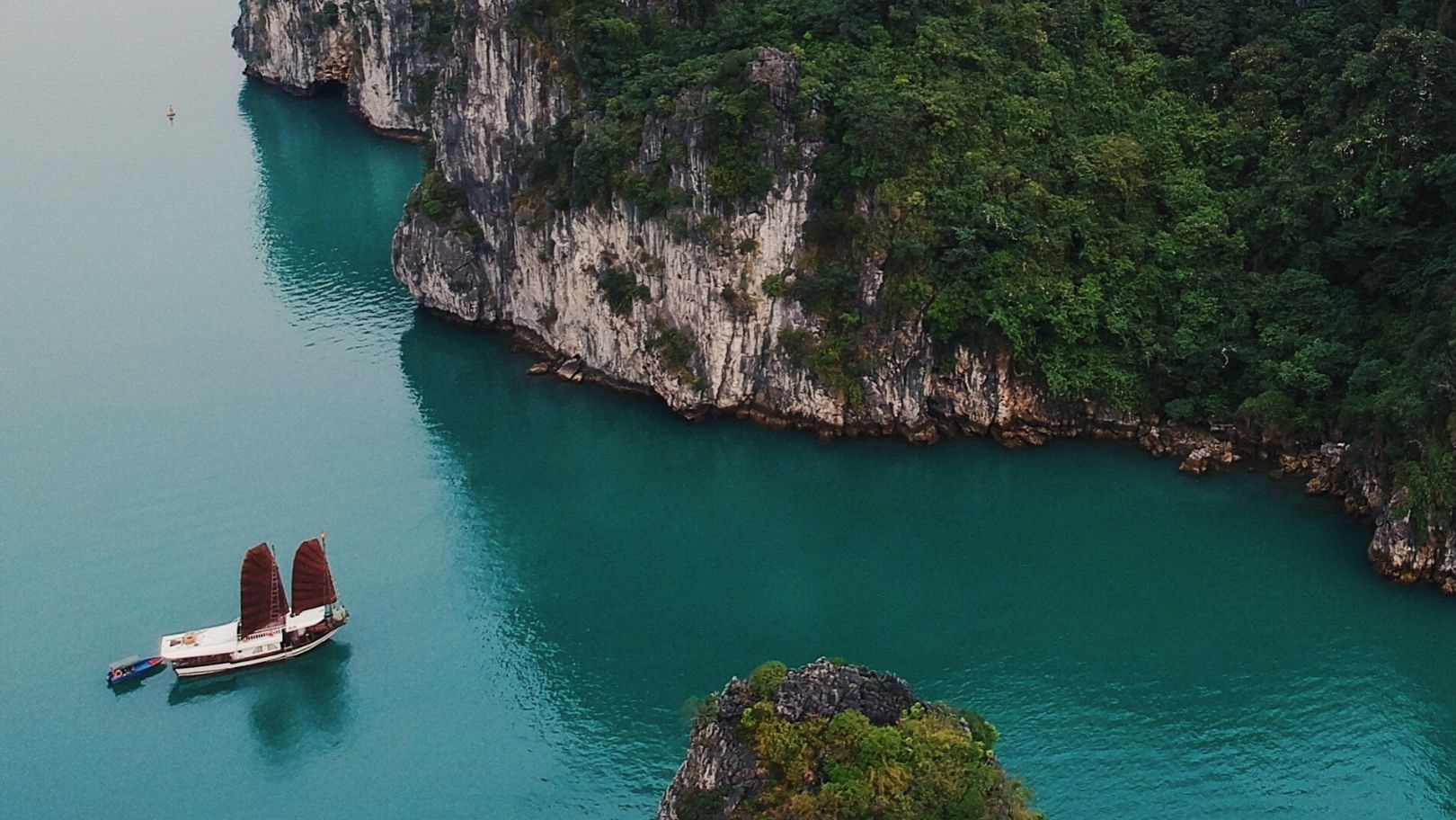
A popular option is to travel north from Ho Chi Minh City to Hanoi, taking your time to explore as you go, then return on a two-hour plane trip.
What is the best currency to take to Vietnam?
The currency in Vietnam is the Vietnamese Dong. ATMs are plentiful so if you’re worried about running out of cash you’ll find it easy to withdraw cash and the exchange rates are usually good.
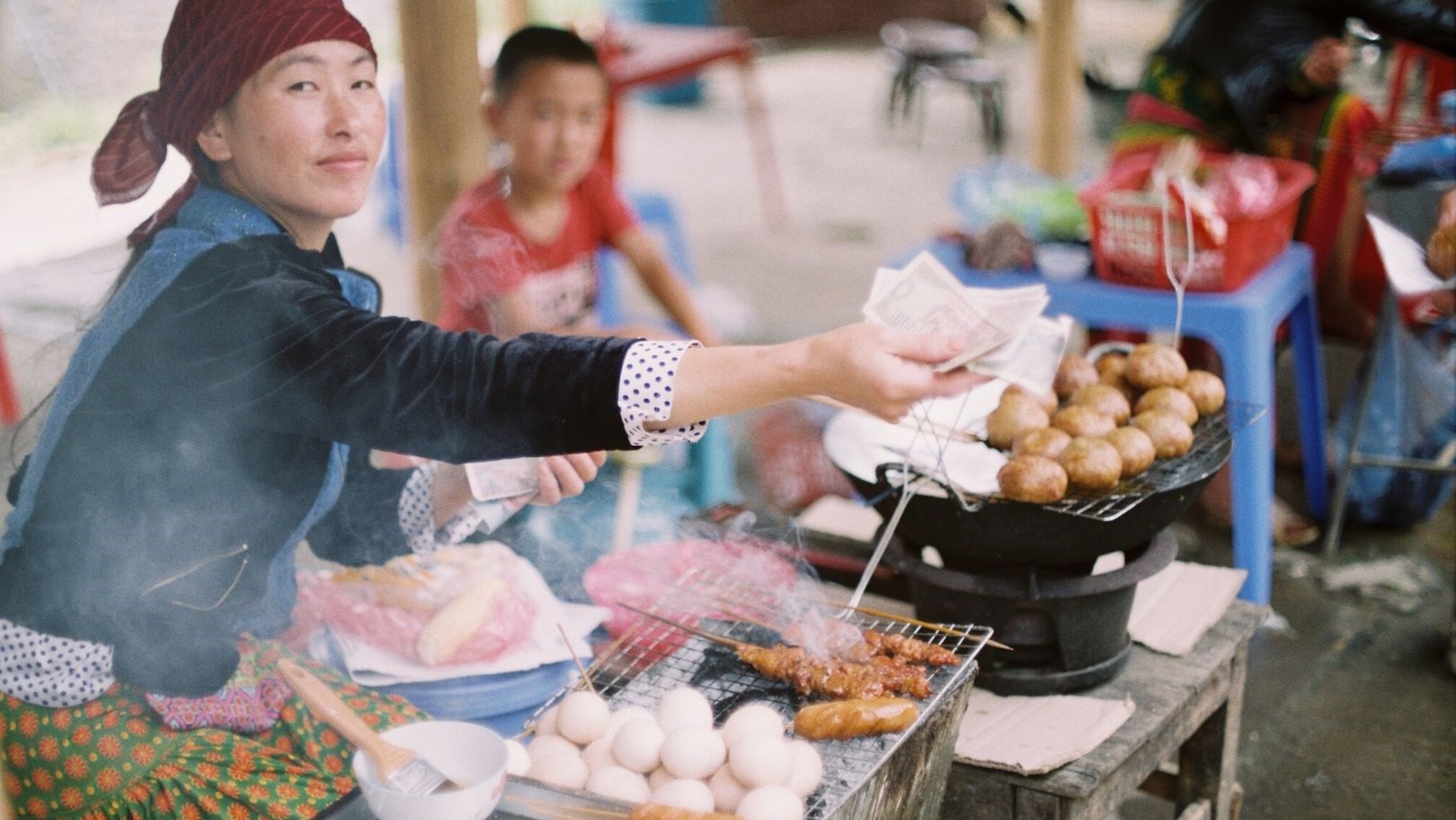
If a trip to this Southeast Asian paradise tickles your fancy, but you don’t want to travel alone, check out Flash Pack’s trip to Vietnam. We’ll take care of the itinerary and you get to travel with a small group of like-minded folk – a win-win all round.
Vietnam landscape
Vietnam’s landscape is vast and varied. In the north are mountainous regions, while central Vietnam is host to stunning natural parks and vast caverns. To the south in the Mekong Delta, you’ll discover fields of rice paddies. Vietnam’s lush landscapes are a photographer’s dream, so it may be worth brushing up on your composition skills before hopping on a trip to Vietnam.
Images: Unsplash

